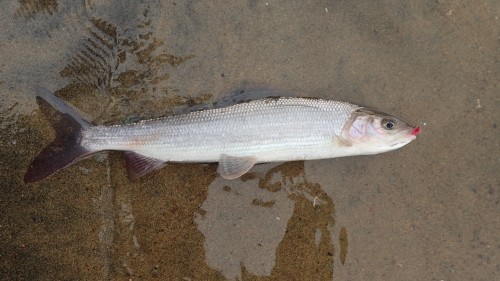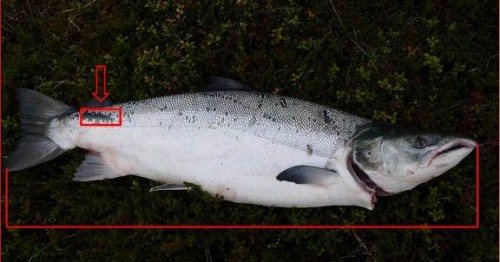Mandatory report of catch
After the fishing period of a license has ended, the angler must report catch of salmon, sea trout, arctic charr, hump back salmon and farmed Atlantic salmon. We ask the anglers to report also their catch of salmon kelts. Also, fish that has been released must be reported. If the angler has not caught any fish, this must also be reported. It will not be possible to buy a new license before the report from the last license is delivered. If an angler forgets to report his licenses after a season, he will be charged with an extra fee of 300 NOK when he is going to buy a new license next year.
The Tana River Fish Management has also opened for the possibilities of reporting catch of fresh water fish species, but this is voluntary. You may find an overview of all the species that are present in the Tana Watercourse here.

How to report
We ask anglers to use our web based license system to report their catch.
Anglers may also deliver their catch where they buy a license, e.g. note their catch on the fishing license.
Anglers that are fishing in the river mouth area may report their catch at a special form: Sjøørretskjema 2017
We ask the anglers to take a scale sample from salmon and sea trout. Information from the scale samples gives us information of smolt age, growth at sea, and age structure of the salmon run. It may also give information on which of the 30 Tana salmon stocks the salmon was a part of. One of the anglers that deliver a scale sample will receive a gift card of 2 500 NOK for a local store.
How to take a scale sample

- Scale samples schould be collected in the area between the lateral line and the adipose fin
- Use a knife to sample 30-50 scales.
- Clean the knife before you take a sample of next fish.
- Add as much information on the envelope as possible: Date, specie, sex, length, weight, location of catch (fishing zone). In each envelope there must be samples from only one fish.
